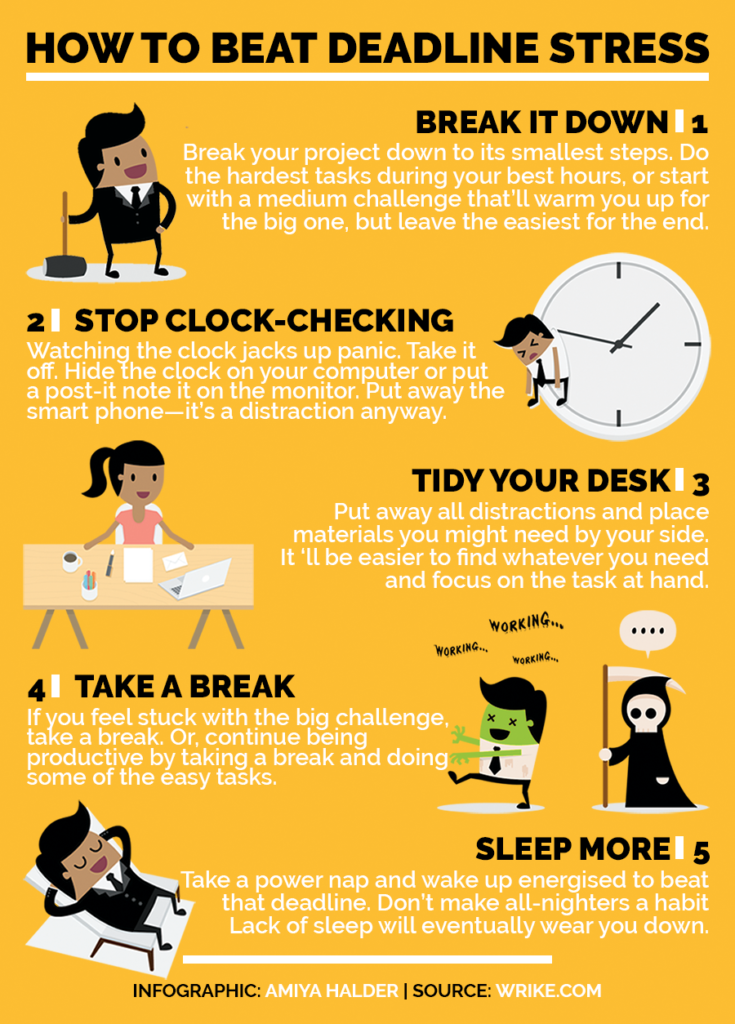 At some point, you are going to face a challenge that threatens your progress on a project in the workplace. No matter how hard you work, it’s bound to happen. Sometimes it’s your fault. Sometimes someone else is to blame.
At some point, you are going to face a challenge that threatens your progress on a project in the workplace. No matter how hard you work, it’s bound to happen. Sometimes it’s your fault. Sometimes someone else is to blame.
Regardless of who is responsible, the important question is how you will respond. You have to decide what you can do that will preserve your (and/or the company’s) reputation while still satisfying the needs and requirements of your client.
That is where today’s #FridayFact comes in: The best strategy is to let people know of problems immediately. I don’t mean call the stakeholders in a panic, of course. Meet with your team or your manager, and figure out how to handle the situation.
As soon as you have a plan, let your stakeholders know. Tell them what happened, why it happened (if pertinent), and what you are going to do. Don’t blame anyone. That doesn’t help. Focus on how you will do your best to get the project in as close to the deadline as possible.
Sometimes you need your stakeholders to help with the solution. Perhaps they will need to approve a new supply or a different design. In those cases, you meet with your team to figure out the alternatives and their strengths and weaknesses. Once you have the options figured out, contact the stakeholders with the information, giving them a recommendation for the best choice.
In addition to my suggestions, check out The Muse’s suggestions for What to Do When You Know You’re Going to Miss a Deadline.
P.S. Anyone other than me bugged by the gender representation in that infographic? Notice that it’s all men, except for the suggestion that deals with cleaning. Grr.
Note: This infographic has a transcript.
Last updated on Sunday, April 1, 2018
 If you want to make a good impression, you need to make sure that your documents are polished and professional, with every element right where readers expect it. Think about how you prepare for a job interview. You wear specific kinds of clothes. You carry specific accessories, depending upon your field. You make sure that you look polished, not wrinkly. Everything is exactly right and just as the interviewer expects it. Nothing is missing.
If you want to make a good impression, you need to make sure that your documents are polished and professional, with every element right where readers expect it. Think about how you prepare for a job interview. You wear specific kinds of clothes. You carry specific accessories, depending upon your field. You make sure that you look polished, not wrinkly. Everything is exactly right and just as the interviewer expects it. Nothing is missing.


 With yesterday’s infographic on robot readers, you might think that an online presence on LinkedIn will give you have you need in the job market. No such luck. You need LinkedIn AND a resume to succeed.
With yesterday’s infographic on robot readers, you might think that an online presence on LinkedIn will give you have you need in the job market. No such luck. You need LinkedIn AND a resume to succeed.  At some point, you are going to face a challenge that threatens your progress on a project in the workplace. No matter how hard you work, it’s bound to happen. Sometimes it’s your fault. Sometimes someone else is to blame.
At some point, you are going to face a challenge that threatens your progress on a project in the workplace. No matter how hard you work, it’s bound to happen. Sometimes it’s your fault. Sometimes someone else is to blame.  To avoid being accused of spreading untrue information, be a fact checker. When you write a document in the workplace, your first task is to compose the document; but before you send that project out to your readers, you need to do some fact checking to verify the ideas.
To avoid being accused of spreading untrue information, be a fact checker. When you write a document in the workplace, your first task is to compose the document; but before you send that project out to your readers, you need to do some fact checking to verify the ideas. 
 If you want a positive response to your proposal, be up front with the key information. Don’t keep your readers in suspense, waiting for the details.
If you want a positive response to your proposal, be up front with the key information. Don’t keep your readers in suspense, waiting for the details.  We all rely on grammar and style checkers to help us find the small errors in our writing. Anyone who has had autocorrect go wrong, however, knows that grammar and spell checkers are not necessarily accurate. Sometimes (as in the case of the unicorn-riding police officer in the image on the right) these tools can change our messages to say things we never intended.
We all rely on grammar and style checkers to help us find the small errors in our writing. Anyone who has had autocorrect go wrong, however, knows that grammar and spell checkers are not necessarily accurate. Sometimes (as in the case of the unicorn-riding police officer in the image on the right) these tools can change our messages to say things we never intended. This week, I have been sharing information to help you polish the content and design of
This week, I have been sharing information to help you polish the content and design of